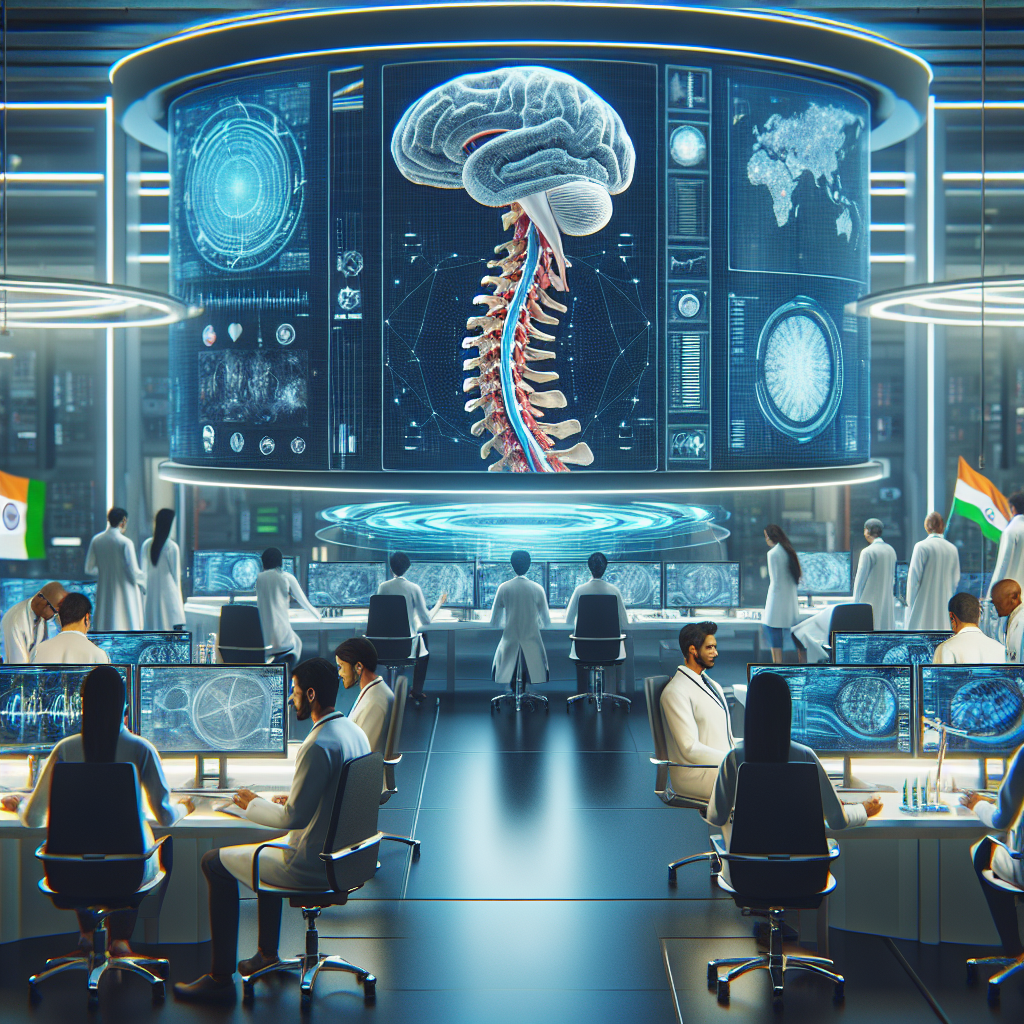Understanding Spinal Cord Injuries: Healing Challenges and Solutions

Introduction to Spinal Cord Injuries
Spinal cord injuries (SCIs) are among the most severe types of injuries due to their complexity and the body’s inability to heal the affected areas naturally. Understanding the nature of these injuries is crucial for effective treatment and support for those affected.
The Unique Challenges of Spinal Cord Injuries
SCIs occur when there is damage to the spinal cord, which can result from trauma, disease, or congenital conditions. The tissue of the spinal cord is intricate and sensitive, which complicates both immediate care and long-term recovery. Here are some challenges associated with SCIs:
- Nerve Damage: The spinal cord's nerve cells do not regenerate easily, leading to permanent loss of function.
- Inflammation: Following an injury, inflammation can exacerbate damage to the surrounding nervous tissue.
- Severity of Injury: Complete injuries mean a total loss of function below the injury site, while incomplete injuries may allow some functional capability.
Potential Pathways for Recovery and Treatment
While spinal cord injuries present significant challenges, ongoing research offers hope for improved recovery outcomes. Potential avenues for treatment include:
- Regenerative Medicine: Advances in stem cell therapy are promising for regenerating damaged spinal nerves.
- Neuroprosthetics: Technology design to restore movement can help individuals regain a sense of independence.
- Rehabilitation Programs: Comprehensive physical and occupational therapies focus on maximizing the remaining abilities of individuals.
Conclusion: The Future of Spinal Cord Injury Treatment
The journey toward understanding and treating spinal cord injuries continues. As researchers delve deeper into regenerative therapies and innovative technologies, the prospects for recovery may become increasingly promising. Awareness and education about SCIs is essential as progress unfolds, paving the way for a brighter future for those living with these challenging injuries.
